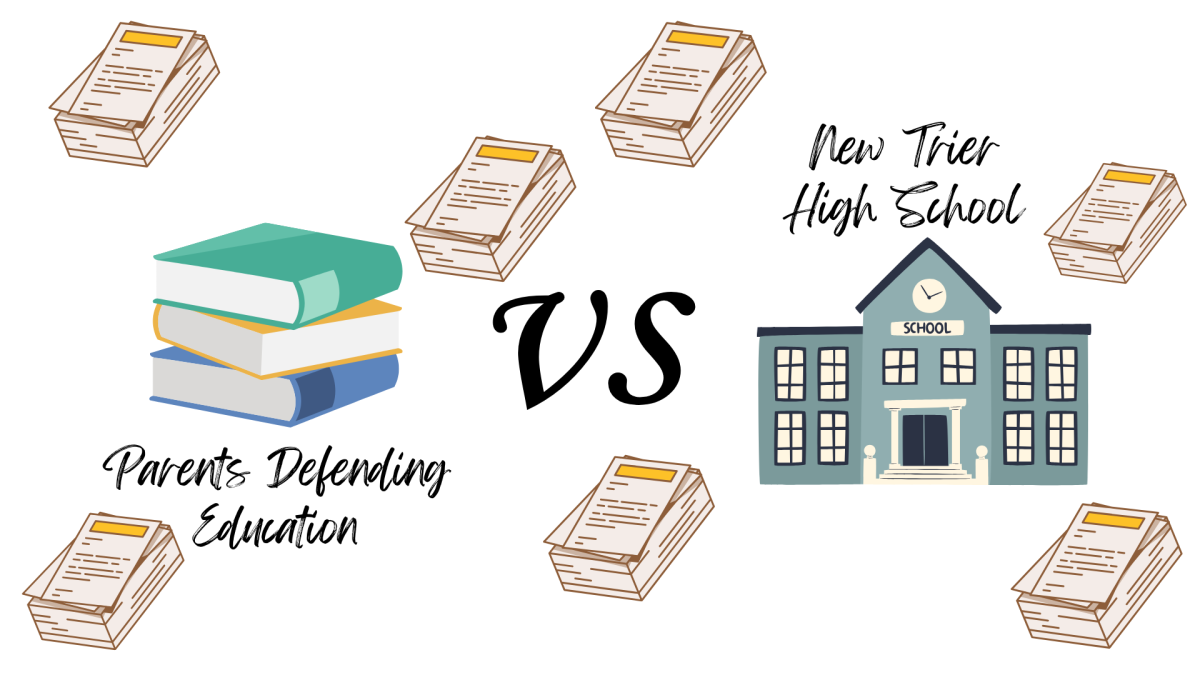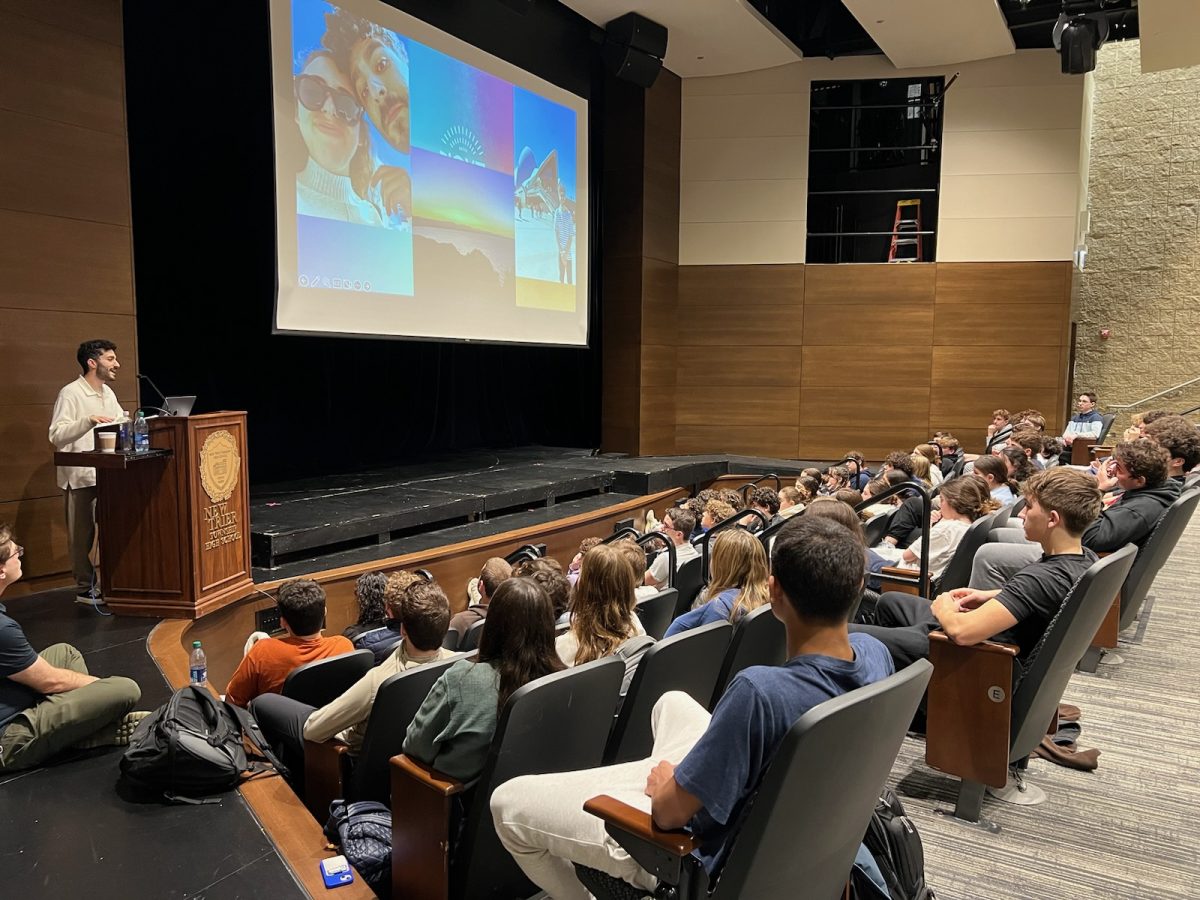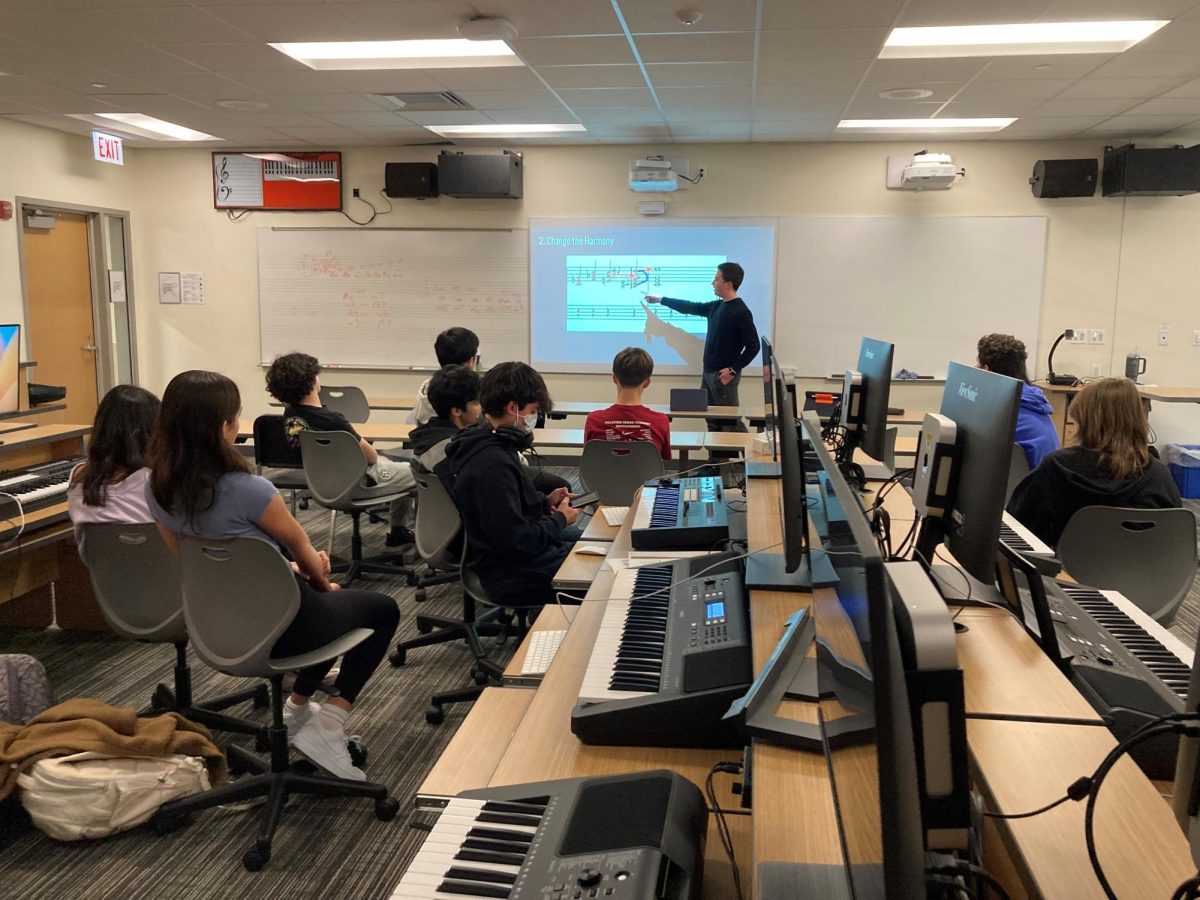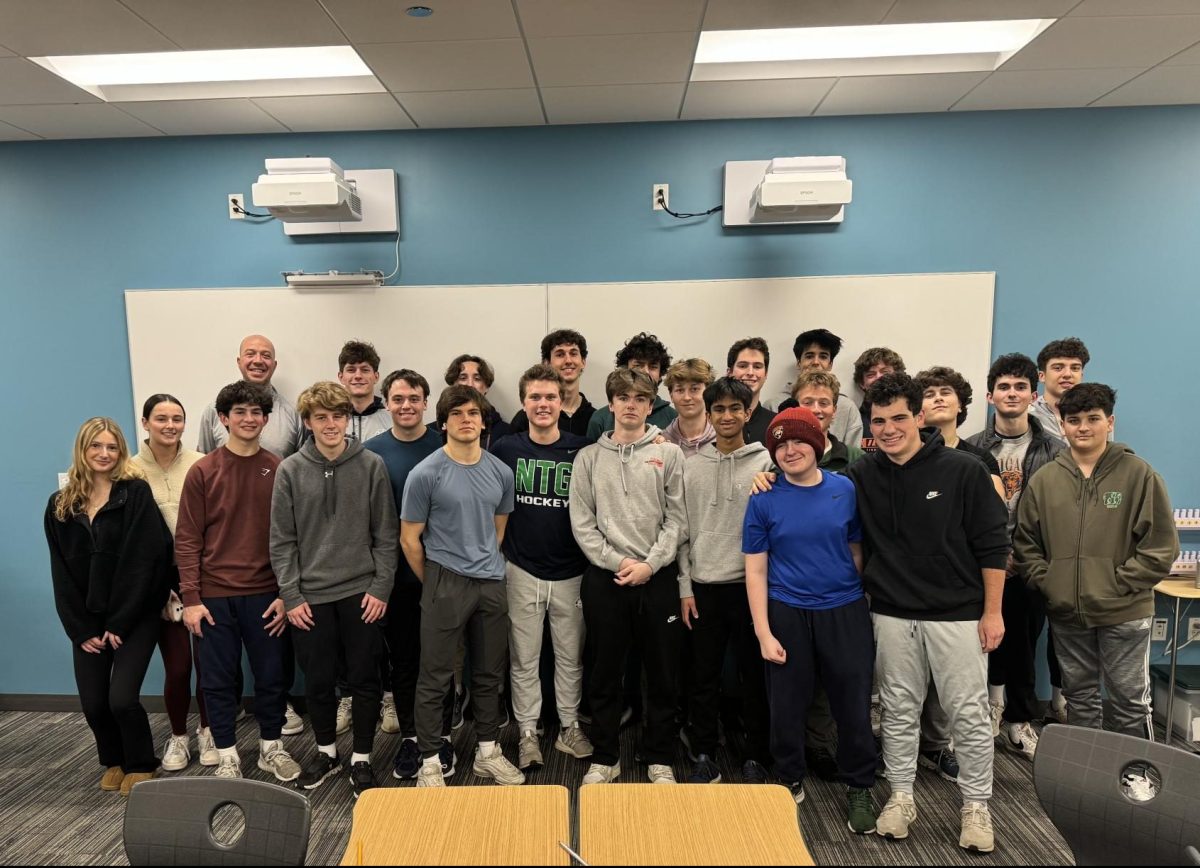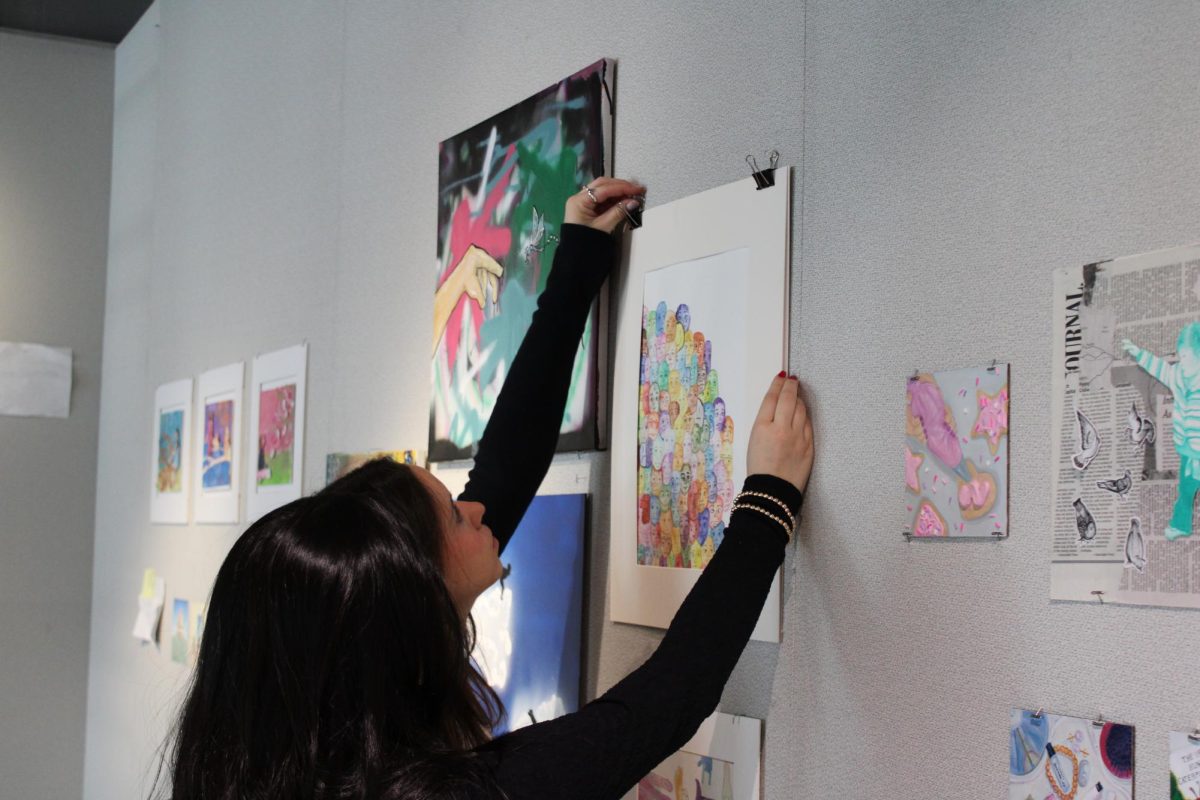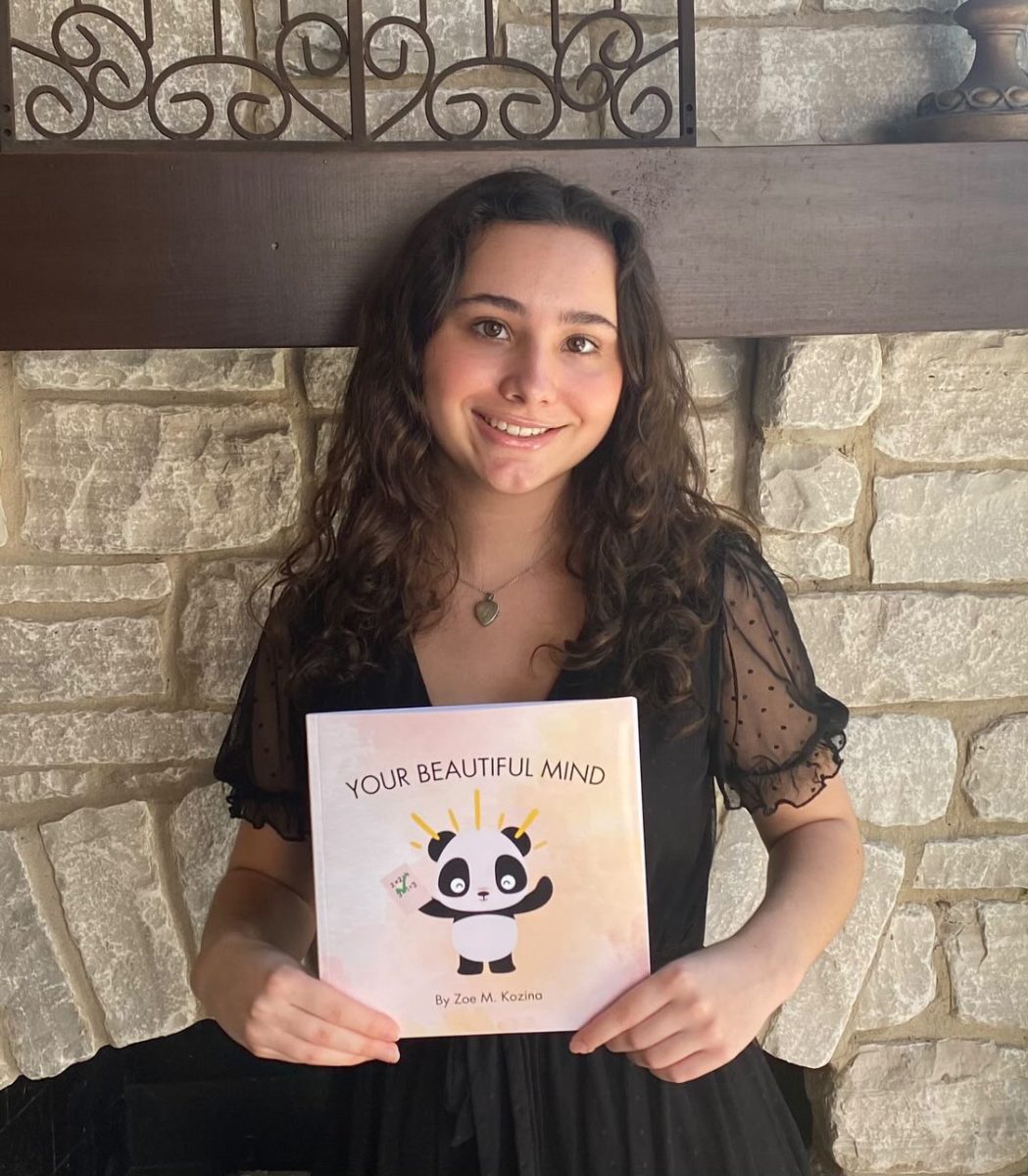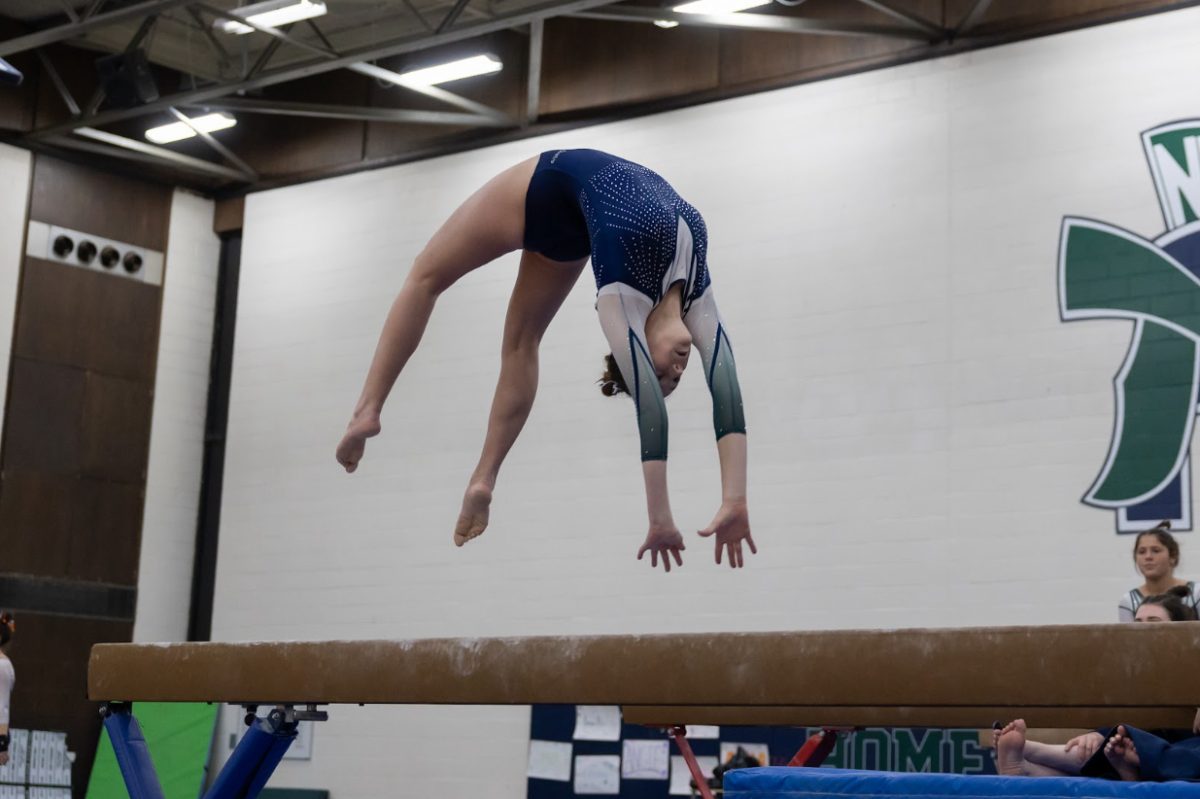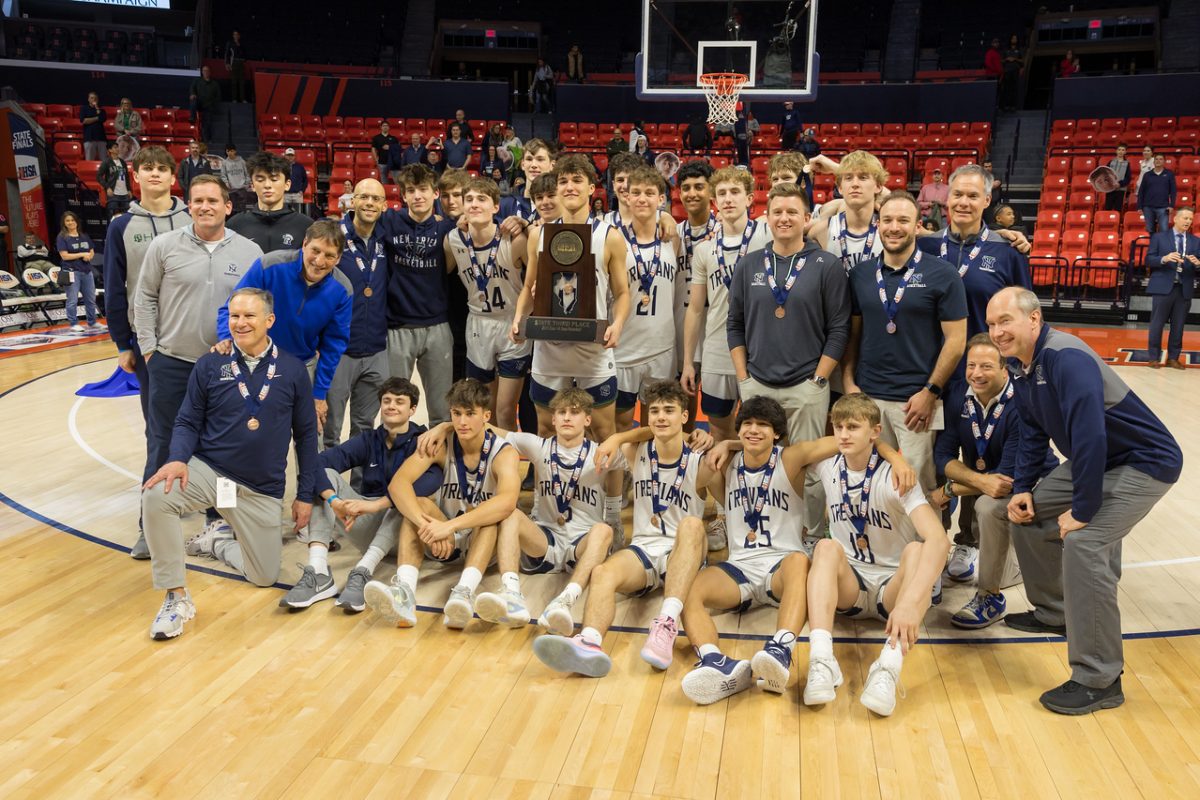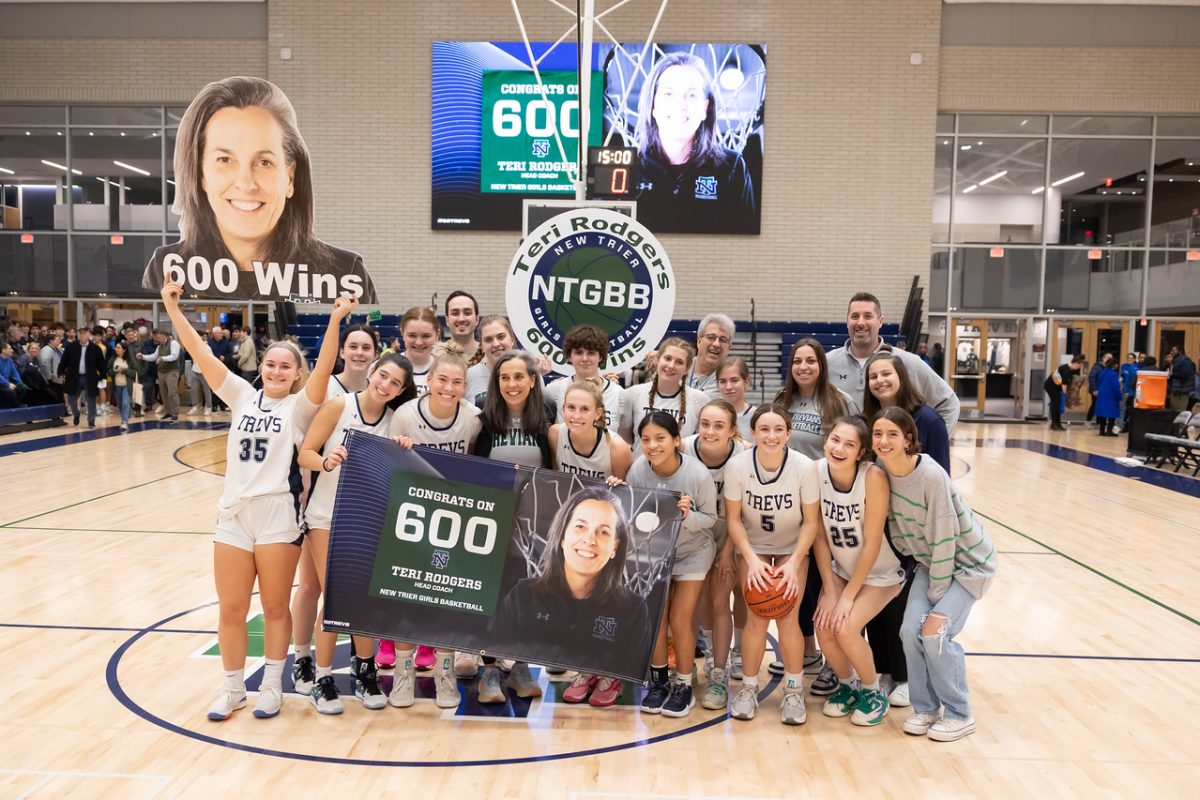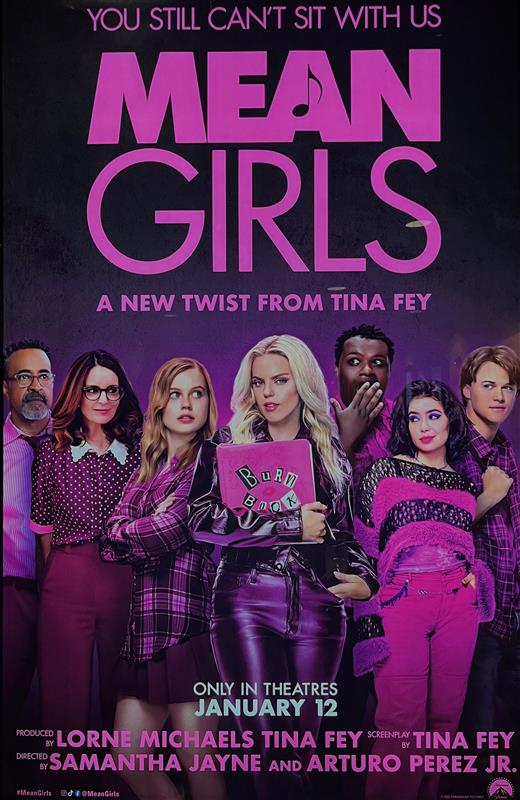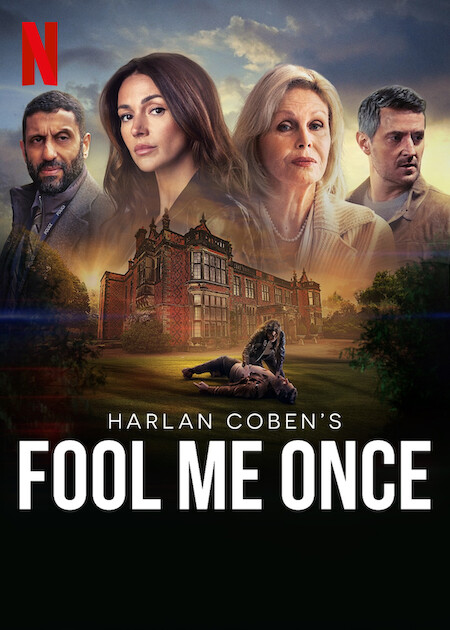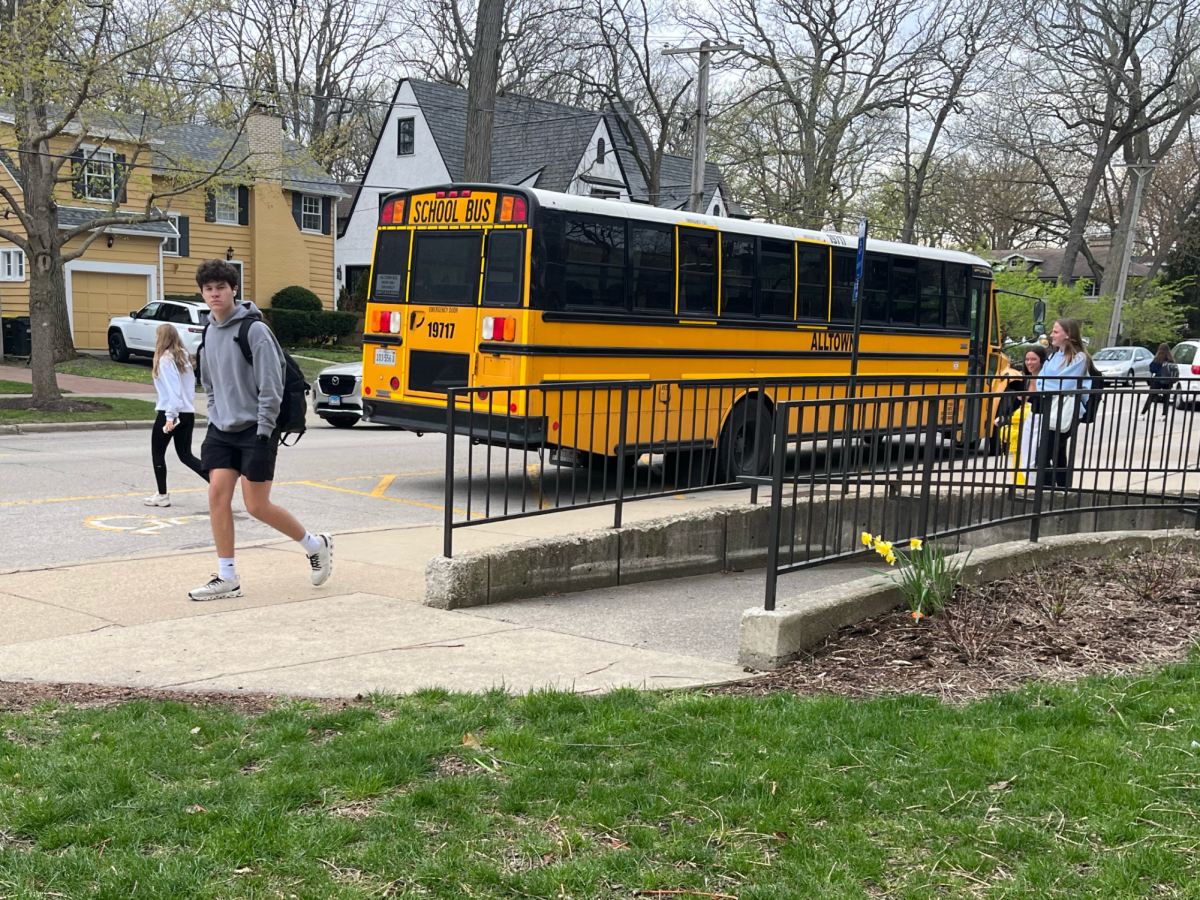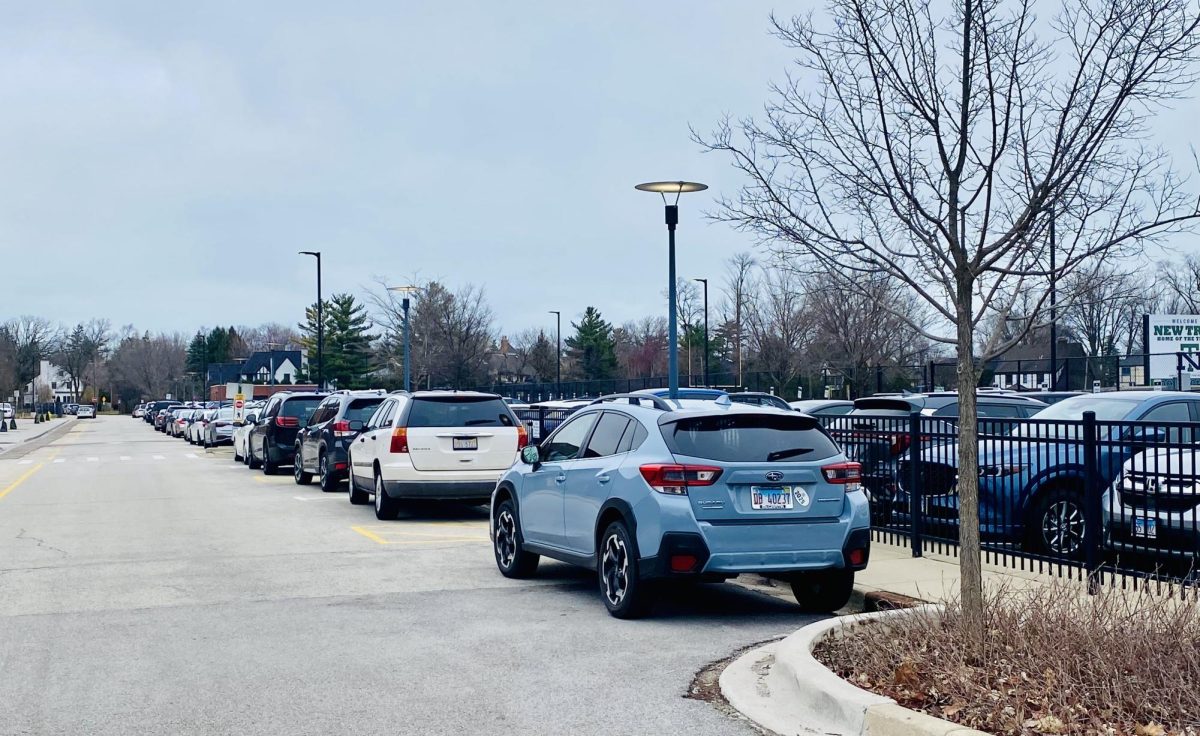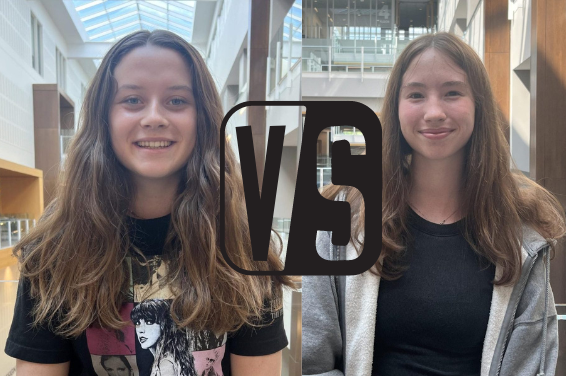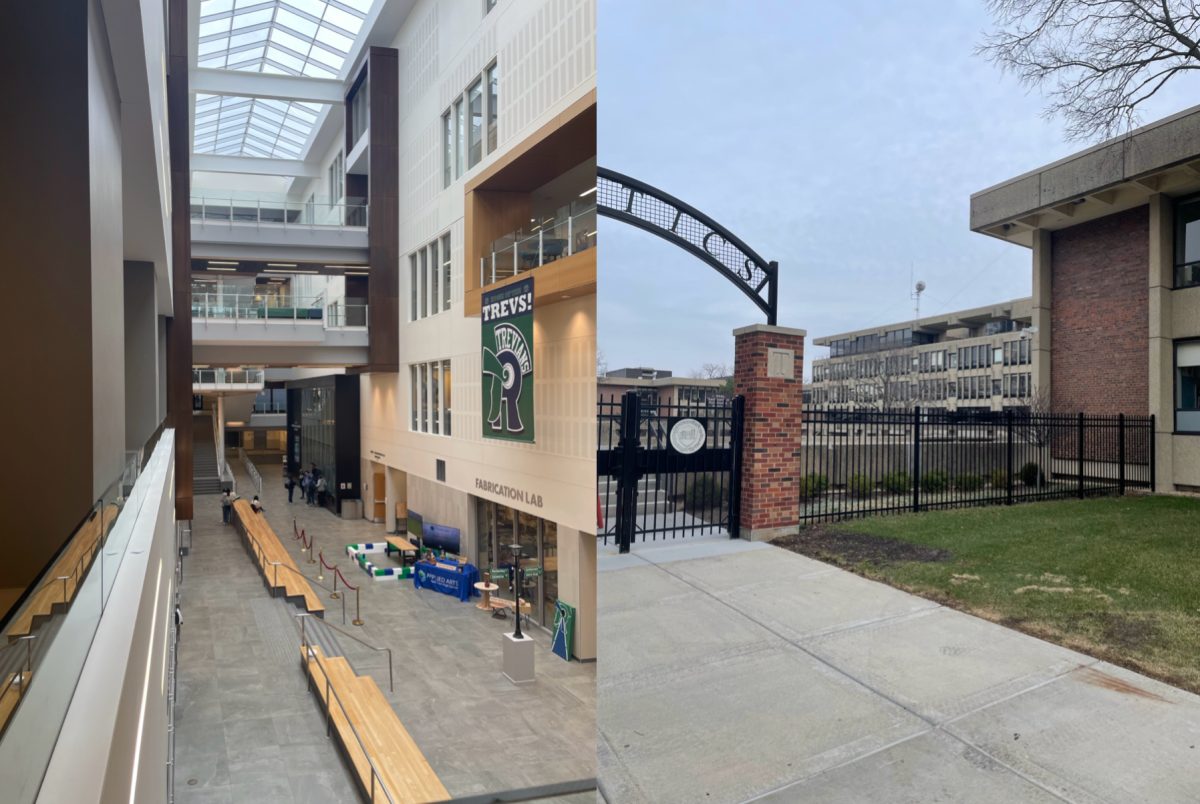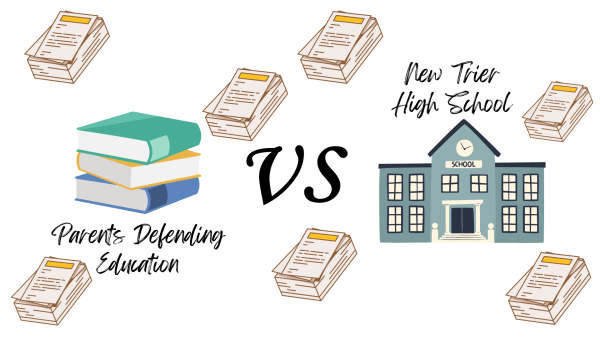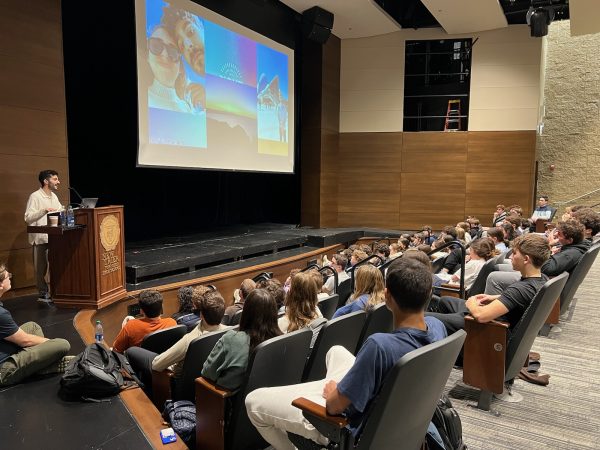Administration removes photo from gallery
School censors art department from hanging potentially offensive art
After the administration removed a photo intended for display in the New Trier Art Gallery from the selection of pieces for the January show, questions surrounding the complicated situation propagated discussion about the role of art, specifically this piece, in school.
The artist, New Trier parent Maggie Meiners, created the photo in 2015 as part of a body of work based on paintings by the artist Norman Rockwell.
Her photo, titled The Dream Act, portrays a young girl surrounded by border patrol agents before a wall defaced with racist graffiti and paralleling Rockwell’s well known painting “The Problem We All Live With,” depicting Ruby Bridges walking to school flanked by white federal marshals with different racist graffiti.
“Each photo I created includes details directly from the original Rockwell paintings themselves. Due to the nature of my photo, the racial slur changed, but still provided the impact that everyone was not on board with the changes being made to allow equal opportunities for all,” said Meiners.
In light of the recent incidents where racist graffiti was found in multiple bathrooms closer to home at New Trier, Alicia Landes, the head of the Art Department, sent the photo to the administration to assess the nuances of including the photo in the gallery.
After considerable deliberation, the administration decided to take the photo out of the gallery- a decision they’ve has never made before.
“There have been other political pieces before, but for a few reasons, we decided that this was the right decision at that time,” said Assistant Superintendent for student services Timothy Hayes.
In addition to the timing being so close to the racist graffiti incident, Hayes cited fear that the art could be taken out of context.
“We want art to be provocative, but we felt that with this photo there’s no context or conversation happening alongside it. Some are going to see this as a commentary on US immigration policy, which is the author’s intention, and it also seemed reasonable that others are going to see the situation as hypocritical: ‘I can’t write it on the walls, but the school can put it in art?’” he said
Junior Bri Perez, a member of Spanish Club said, “I wish they would’ve kept it. It seemed like they didn’t trust us to be able to figure this out on our own. But, I don’t understand why they couldn’t put a description or discussion questions of the situation next to the photo. They could’ve put the original Rockwell photo next to it too. ”
However, while the administration did discuss adding these supplements to the gallery with the photo, they ultimately decided that having Meiners talk about her piece in the classroom was the best option.
“I think the Administration was put in a tough position and they handled it beautifully,” said Meiners. “It is very clear to me that NT, being an academic institution is a great place to discuss uncomfortable issues, and I know they saw it as an opportunity to do so. Yet, they had to act responsibly in light of recent incidents and found a great neutral way for some of these issues to be addressed while providing a safe environment to discuss such provocative issues.”
As a photography student, Perez got to see Meiners speak in her photography class. “It was really cool to hear her explain it. Especially to hear her explain the ambiguity of whether the girl was entering the country or being deported,” she said. Perez explained that she had initially seen the girl as being deported whereas some other of her classmates had seen her as entering the country, raising questions about how our past experiences influence our interpretation of the photo.
Perez, whose mother is an immigrant, said that she and her family are well aware of the ramifications of ethnic slurs specifically on the latinx immigrant population.
“It felt like they were trying to protect us from something we already know and experience in our daily lives, so by taking the photo out, they were, I guess, protecting ignorance about the racial and social issues that immigrants face. Not to mention, there are way worse words I’ve heard used against us than the one the photo.”
Junior Spanish club member and photography student, Emmie Osuna, also has a personal connection to the political messages of the photo.
“I’m glad she was able to come to New Trier,” said Osuna, “but at the same time she didn’t get to come to my photography class, so I wasn’t able to see her. I think having it in the gallery would’ve been a really great opportunity for other students who aren’t forced to confront these issues in their daily lives to learn more about how these issues affect us and other immigrant families.”

